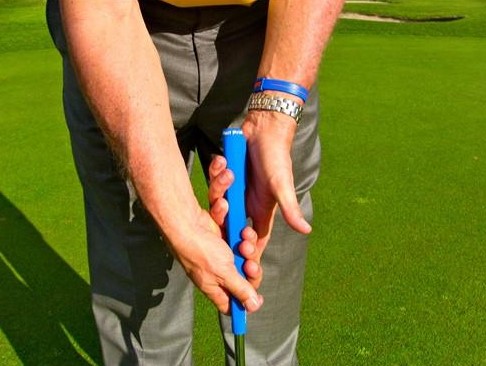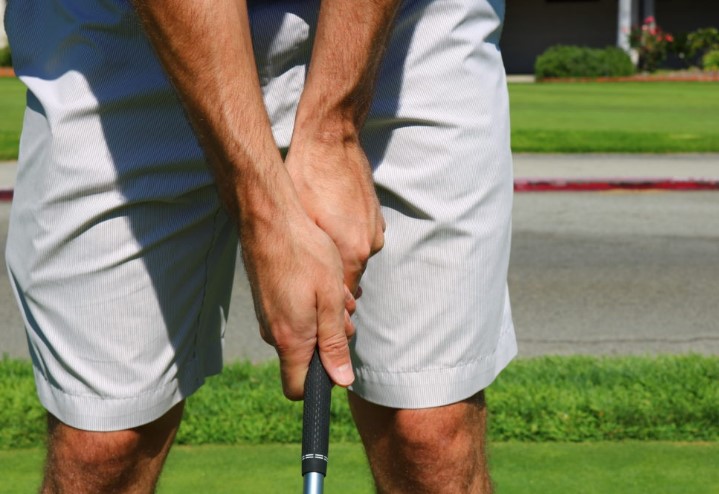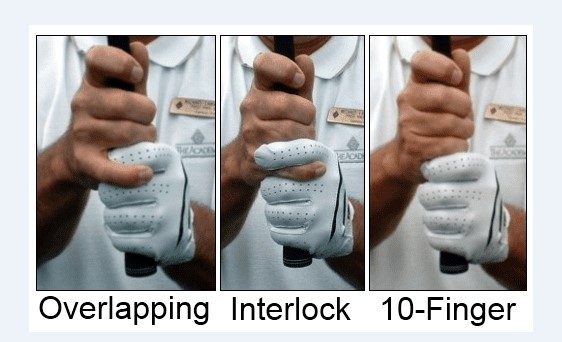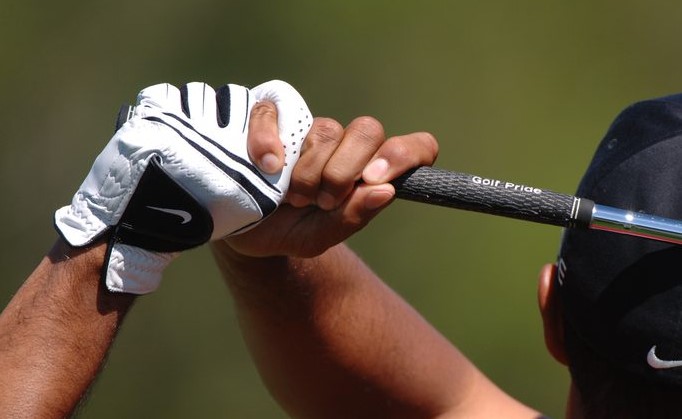In the game of golf, many factors influence the quality of a player’s shot—from body posture and swing mechanics to choosing the right club. However, there is one fundamental element that is often overlooked: how to properly hold a golf club. Although it may seem simple, a correct grip technique can determine the overall quality of your game. The right grip directly affects accuracy, power, and consistency, while a poor grip can cause the ball to veer far off target and reduce shot distance.
The grip is the only point of contact between the player and the golf club, meaning any error in hand placement will have a direct impact on shot direction and outcome. A player who masters the correct grip technique can produce straight, solid, and consistent shots. On the other hand, an incorrect grip often leads to slices, hooks, or even complete miss-hits.
There are several popular grip styles used by both amateur and professional golfers, such as the interlocking grip, overlapping grip, and baseball grip. Each comes with its own characteristics and benefits depending on hand size, grip strength, and player comfort. While grip styles may vary, the core principle remains the same: ensuring correct hand placement and optimal grip pressure.
One common mistake many players make is placing the weaker hand too high on the grip. For right-handed golfers, this happens when the left hand becomes too dominant, leading to a loss of control. As a result, swing power diminishes and shot direction becomes inconsistent. To avoid these pitfalls, players must understand the proper grip procedure, which includes hand positioning, grip shape, grip style selection, and ideal pressure. Here’s comprehensive tutorial from GoGolf.
Setting Hand Placement – The Foundation of a Proper Grip

The first step to holding a golf club correctly is placing both hands properly on the grip. Your hands must create a balance between control and comfort. The left hand (for right-handed golfers) plays a crucial role in steering the club, while the right hand adds power and stability to the swing.
For the left hand, the grip should rest across the top of the palm, with about ½ inch of the club extending past the base of the hand. This position allows the fingers to wrap around the grip firmly without sacrificing wrist flexibility. Overly stiff wrists hinder natural club rotation during the swing, while a grip that’s too loose causes the club to shift on contact with the ball.
Once the left hand is positioned, the right hand is placed below or in front of the left, with the grip lying across the base of the fingers. The right thumb should cover the left thumb, creating a tight but comfortable contact point. In this position, the club should stand vertically in front of the player with the clubface aimed squarely at the ball.
Many beginners underestimate this stage and tend to grab the club impulsively. However, proper hand placement makes it easier to transition to the next step—forming the ideal grip shape.
Make golf booking effortless. Install GoGolf App now!
Forming the “V” Grip – The Key to Stability and Consistency

After setting hand placement, the next step is to ensure the grip forms a “V” shape. This “V” is created by the angle between the thumb and index finger on both hands. In a proper grip, the “V” from both hands should point toward the right ear for right-handed golfers (and toward the left ear for left-handed players).
Why is this “V” shape important? Because it helps keep the clubface square at impact. If the “V” points too far left or right, the clubface will open or close excessively, causing the ball to miss the target.
Imagine standing in front of a giant clock. The club points straight to 12 o’clock, and your thumbs should align toward 1 o’clock. Your eyes should see the knuckles of the left index and middle fingers resting on top of the grip. This positioning creates a balance of control and wrist flexibility during the backswing and follow-through.
A simple practice method is to check your grip in front of a mirror. Make sure the “V” direction remains consistent, even when the club is moved through different swing positions.
Choosing the Right Grip Style – Based on Hand Size and Comfort

There are three main grip styles used in golf: the interlocking grip, overlapping grip, and baseball grip. Each has its strengths and is suited to different types of players.
1. Interlocking Grip
Ideal for players with smaller hands or weaker grips. In this style, the right pinky finger interlocks with the left index finger. This grip is famously used by legends like Jack Nicklaus, Rory McIlroy, and Tiger Woods. It provides great stability due to the tightly connected hands, though some may find it uncomfortable at first.
2. Overlapping Grip (Vardon Grip)
This is the most common grip among professional golfers. The right pinky finger rests between the left index and middle fingers, without interlocking. This style offers a solid balance between power and flexibility, and it helps prevent one hand from dominating the swing.
3. Baseball Grip (10-Finger Grip)
This grip mimics how you hold a baseball bat—all ten fingers rest directly on the grip without overlapping or interlocking. It’s often used by beginners, younger players, or those with joint issues. Its advantage lies in ease of use, though it may lack the rotational control provided by other grips.
Choosing a grip style depends heavily on hand size, grip strength, and personal comfort. Golfers are encouraged to experiment with all three styles during practice to find the one that delivers the best comfort and performance.
Managing Grip Pressure – Balancing Control and Fluidity

Grip pressure is a critical but often ignored factor. Holding the club too tightly or too loosely can drastically impact your swing quality. An overly tight grip tenses the arm and shoulder muscles, disrupting the flow of the swing and reducing both distance and accuracy. Meanwhile, a grip that’s too light causes the club to slip at impact, leading to loss of control.
Professionals often recommend holding the club like a small bird: tight enough so it doesn’t fly away, but gentle enough not to hurt it. Technically, the left hand should apply pressure mainly through the last three fingers, while the right hand adds pressure through the two middle fingers.
Players can also experiment with weak grips and strong grips. A weak grip tends to produce slices or higher ball flights, while a strong grip results in draws with lower trajectories. Understanding this can help players adjust their grip based on course conditions and shot strategy.
Conclusion – Every Great Golf Shot Starts with a Proper Grip
The correct grip is the foundation of a consistent and effective golf game. By placing your hands properly, forming a stable “V,” choosing the right grip style, and maintaining optimal pressure, you can dramatically improve shot quality. While it may seem like a minor detail, regular grip training can lead to major improvements—whether you’re a beginner or an experienced player.
Once you’ve mastered the grip, the next steps—like stance, swing mechanics, and shot strategy—become easier and more effective. Always remember, every golf shot begins with your grip, so never underestimate this crucial fundamental.
[ Follow our social media Account: GoGolf Instagram | GoGolf Facebook | GoGolf X ]











